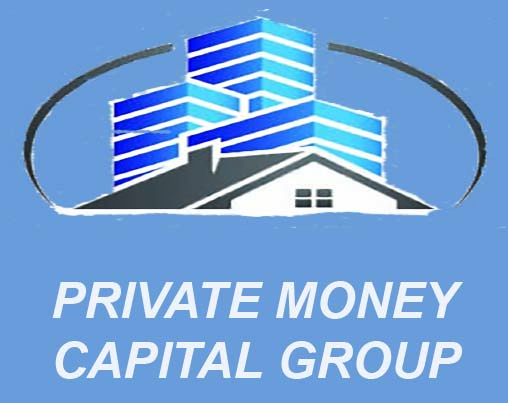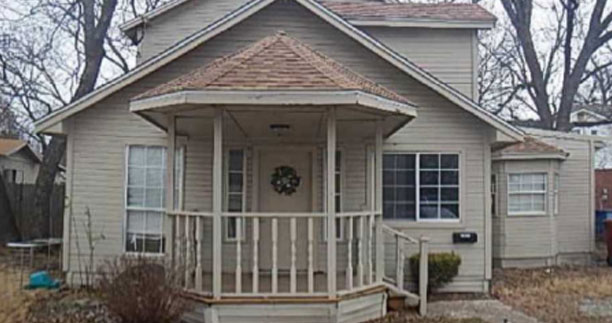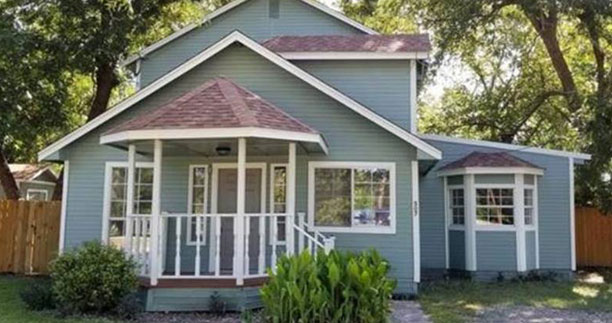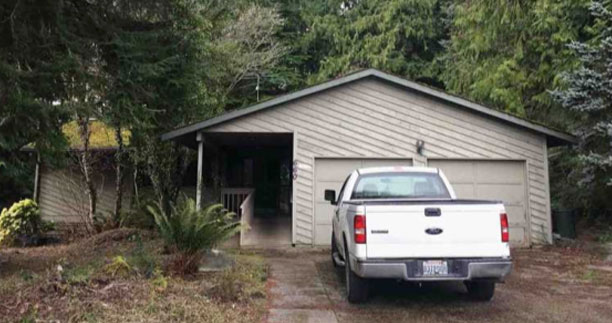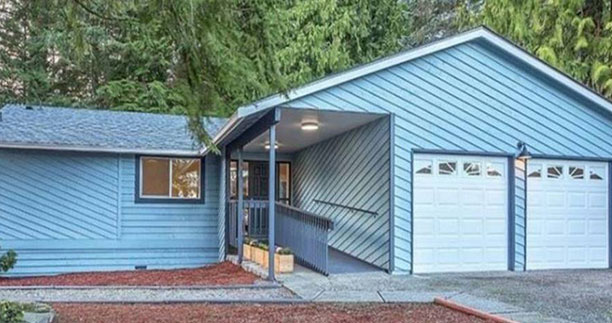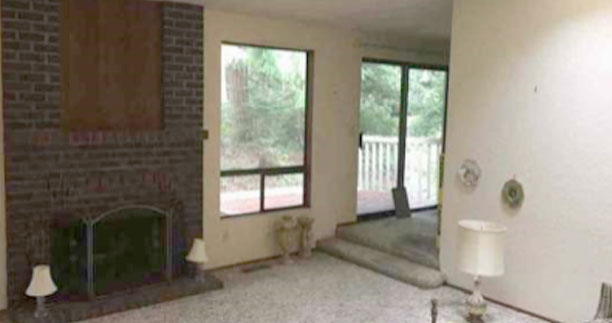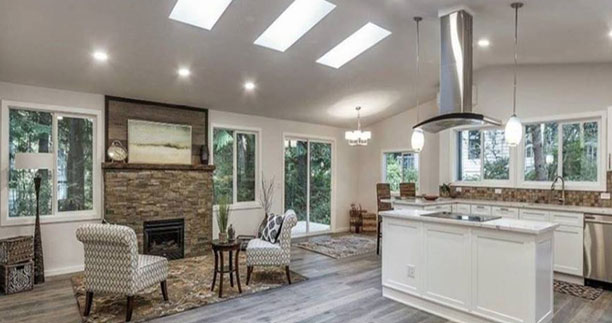Financing costs for “fix and flip” properties can vary based on the financing method, the lender, and the specific terms agreed upon. Fix and flip financing is unique in that the loans are typically short-term, with the intention of repaying them once the property is renovated and sold. Let’s delve into the details:
Types of Financing for Fix and Flips:
- Hard Money Loans: These are short-term loans provided by private lenders, tailored specifically for fix and flip projects. The loan amounts are based on the after-repair value (ARV) of the property.
- Private Money Lenders: These are individuals or groups willing to finance your project, usually acquaintances, friends, or family. The terms are more flexible but can vary widely based on your relationship and agreement with the lender.
- Bridge Loans: Short-term loans that “bridge” the gap between buying the property and obtaining long-term financing. Useful for flippers who need quick funds.
- Home Equity Line of Credit (HELOC): If you have substantial equity in another property, you can tap into this equity to finance your flip. HELOCs have variable interest rates and act similarly to credit cards.
- Traditional Bank Loans: Less common for fix and flips due to longer approval times and stricter requirements, but they generally offer lower interest rates if you qualify.
- Crowdfunding: Online platforms where you can present your project and gather funds from multiple investors.
- Cash: Some investors may use their savings or liquidate assets to fund the purchase and renovation of the property, thereby avoiding financing costs.
Common Financing Costs:
- Interest Rates:
- Hard Money Loans: Typically higher, ranging from 7% to 15% or more.
- Private Money: Rates are negotiable but are generally more favorable than hard money loans.
- HELOC: Variable interest rates based on prevailing market conditions.
- Points: One “point” usually represents 1% of the loan amount. Lenders might charge several points upfront to originate the loan. This is especially common with hard money loans.
- Down Payment: Depending on the lender and the risk assessment, you might be required to put down anywhere from 10% to 25% or even more of the property’s purchase price or ARV.
- Closing Costs: Includes various fees like underwriting fees, title search fees, application fees, etc.
- Appraisal Fees: Before financing, lenders might want an appraisal of the property’s current value and its estimated ARV.
- Loan Extension Fees: If you can’t repay the loan in the agreed timeframe, some lenders might charge fees to extend the term.
- Prepayment Penalties: Some loans might have penalties if you pay them off before the agreed term.
- Loan Servicing Fees: For managing and servicing the loan.
- Draw Fees: If you’re receiving funds in stages or “draws” as renovation progresses, some lenders might charge fees for each draw.
Considerations:
- Loan-to-Value (LTV) and After-Repair-Value (ARV): Lenders will consider the LTV (ratio of loan amount to property’s current value) and the ARV (estimated value of the property after repairs) to determine how much they’re willing to lend.
- Duration: Fix and flip loans are usually short-term, ranging from 6 months to 2 years.
- Exit Strategy: Lenders will want to see your plan for repaying the loan, which typically involves selling the renovated property or refinancing.
- Rehab Budget: A well-outlined budget and plan for renovations can influence the lender’s decision and the loan terms.
Conclusion:
Financing costs can significantly impact the profitability of a fix and flip project. It’s crucial to understand all associated costs, shop around for the best terms, and have a clear financial strategy in place. Ensure you account for all these costs in your project budget and projections to determine the viability and potential profitability of your flip.
